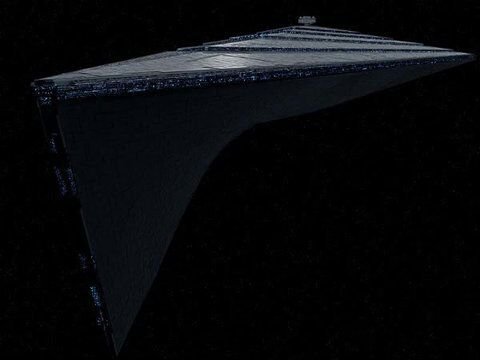

:strip_icc()/pic5235277.jpg)
Its large face features several alternating cloud bands and storms, including its Great Red Spot. The solar system’s biggest planet, Jupiter currently appears 42" across. Still, Saturn is stunning through a telescope, showing off its famous ring system, which appears nearly 39" end to end.įinally, 15.4° east of Saturn is magnitude –2.5 Jupiter. As we move into November, the planet will remain bright, growing in angular size but shrinking in phase, appearing more crescentlike as the days go by.įarther east along the ecliptic from Venus is Saturn, which sits 43.5° east of the brilliant planet and glows a much more muted magnitude 0.5.

Through a telescope, Venus spans 25" and still appears half-lit, having reached dichotomy (when it is exactly 50 percent lit) last week. You’ll find the planet high in the southwestern sky after the Sun sets, blazing a bright magnitude –4.5. Venus reaches greatest eastern elongation (47°) from the Sun at 5 P.M.


 0 kommentar(er)
0 kommentar(er)
